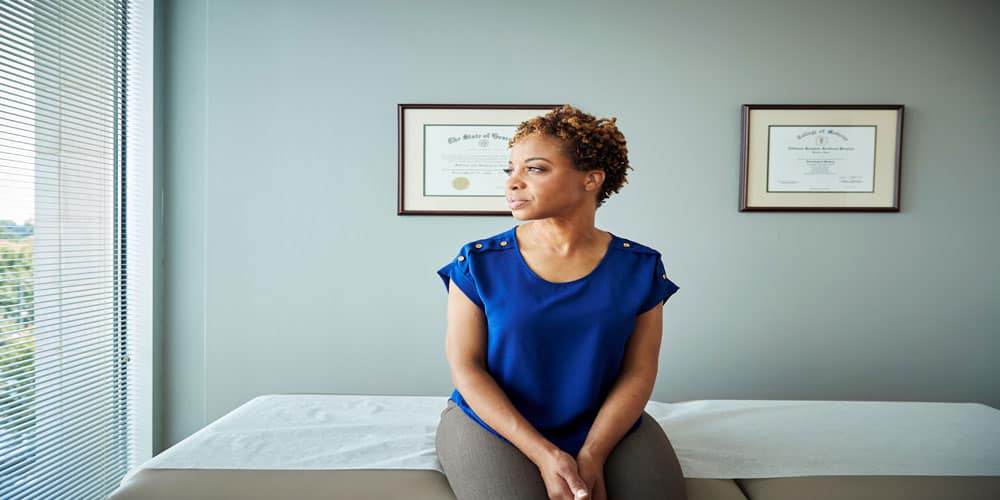At Home Smear Tests to be Offered by NHS

DIY Smear Tests: The Future of Cervical Cancer Screening?
Let’s face it—no one looks forward to a smear test. For many women, the idea of lying on a medical table, legs in stirrups, while a clinician takes a sample from the cervix, is at best uncomfortable and at worst, deeply distressing. But despite how awkward the process may feel, cervical screening remains one of the most effective tools we have for preventing cervical cancer.
Each year, cervical screening saves thousands of lives in the UK. Yet uptake is steadily declining. In England, nearly a third of eligible women didn’t attend their most recent test—a worrying trend with potentially fatal consequences.
The reasons behind this drop are varied, but common culprits include embarrassment, fear of pain, and difficulty booking convenient appointments—especially among younger women. But now, a new initiative from the NHS could change all that. From January 2026, ‘ground-breaking’ new DIY cervical screening kits will be rolled out across England, giving women the option to screen themselves from the privacy of their own homes.
What Are DIY Smear Tests?
These at-home tests are designed to detect Human Papillomavirus (HPV), the virus responsible for the vast majority of cervical cancers. The process is surprisingly simple and familiar—if you’ve taken a Covid-19 lateral flow test, you’ll find the concept similar.
Dr Raj Arora, a GP specialising in women’s health, explains: “The kits involve using a long swab that’s inserted into the vagina. The sample is then placed in a test tube and sent off to a lab for analysis.”
If HPV is detected, the patient will be invited for a follow-up cervical screening with a healthcare professional. This next step ensures any abnormal cells on the cervix can be checked and treated early, before they have the chance to develop into cancer.
According to Dr Donald Grant, senior clinical advisor at The Independent Pharmacy, one of the major benefits of DIY tests is comfort. “At-home swabs don’t need to touch the cervix, making the process much more painless for women,” he says. “It also gives them more control, which can ease anxiety around the experience.”
Do They Actually Work?
This all sounds promising—but are DIY tests as reliable as the ones done by a nurse or doctor? Encouragingly, the answer is yes—if used correctly.
“Studies have shown a similar accuracy to in-clinic cervical screening, as long as the test is carried out properly,” says Dr Raj. Dr Grant adds that following the kit instructions carefully is essential to getting accurate results.
A successful trial called YouScreen gave out 27,000 home testing kits across London to women who were overdue for screening. The response was overwhelmingly positive, 85% of participants accepted the kit, and 56% returned a sample. That’s potentially hundreds of thousands of women who could be reached every year if the scheme goes nationwide.
Lead investigator Dr Anita Lim from King’s College London called the new approach a “game-changer.” She said: “It is crucial we make cervical screening easier… to help protect more people from this highly preventable cancer.”
How to Use a Home HPV Test
If you decide to try a self-sampling kit, make sure to follow the instructions closely. Both Dr Raj and Dr Grant recommend rotating the swab 5–6 times (or for 20–30 seconds) and placing it carefully in the packaging straight away to avoid contamination.
Though the NHS kits won’t be widely available until 2026, there are private options already on the market. Providers such as Check4Cancer and Superdrug Online Doctor offer home HPV tests for purchase. However, it’s important to note that these are not part of the official NHS cervical screening programme. That means if you receive an invitation for a smear test from your GP, you should still attend.
The Bottom Line
The DIY cervical screening kits are a promising development in making preventative healthcare more accessible and less intimidating. For women who’ve avoided smear tests due to embarrassment, fear, or inconvenience, these home kits could be a literal lifesaver.
“Ultimately,” says Dr Grant, “women should choose the testing method that best suits their needs and provides the most comfort. However, the importance of regular screening, be that at home or with a GP, should never be undermined.”
Cervical cancer is one of the most preventable forms of cancer. And with self-sampling on the horizon, there are now even fewer reasons to skip your screening. Whether it’s at home or at the clinic, the most important thing is that you get tested. Your future self will thank you.